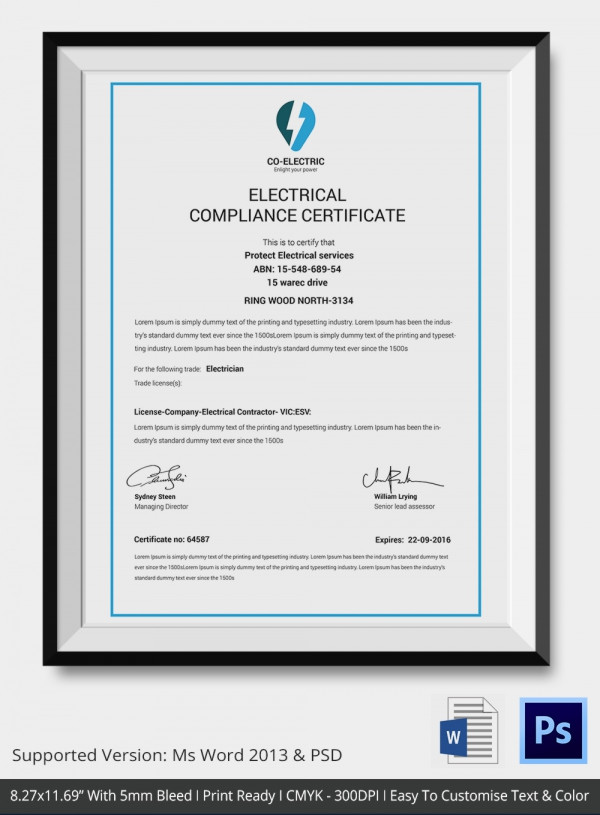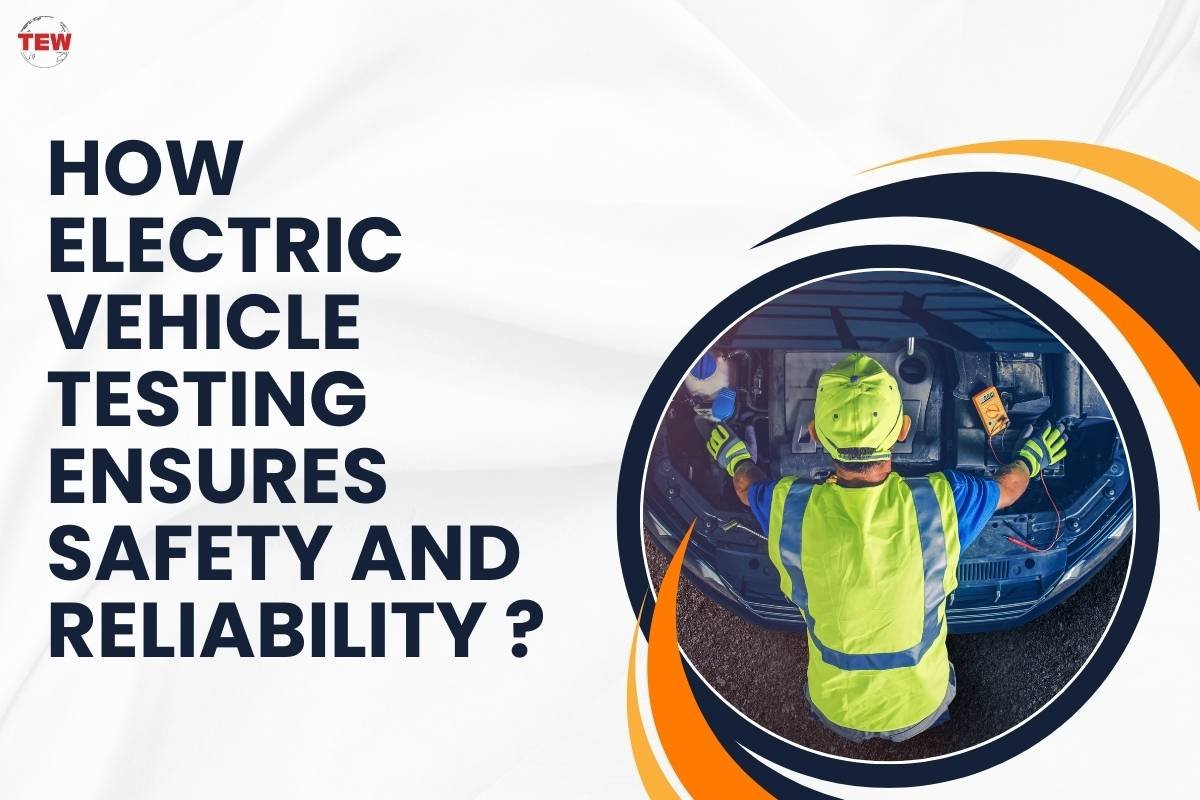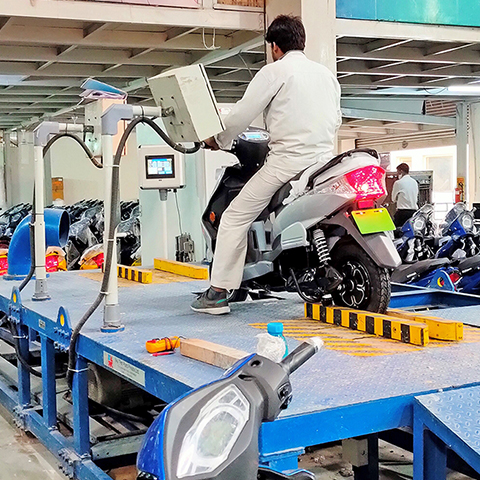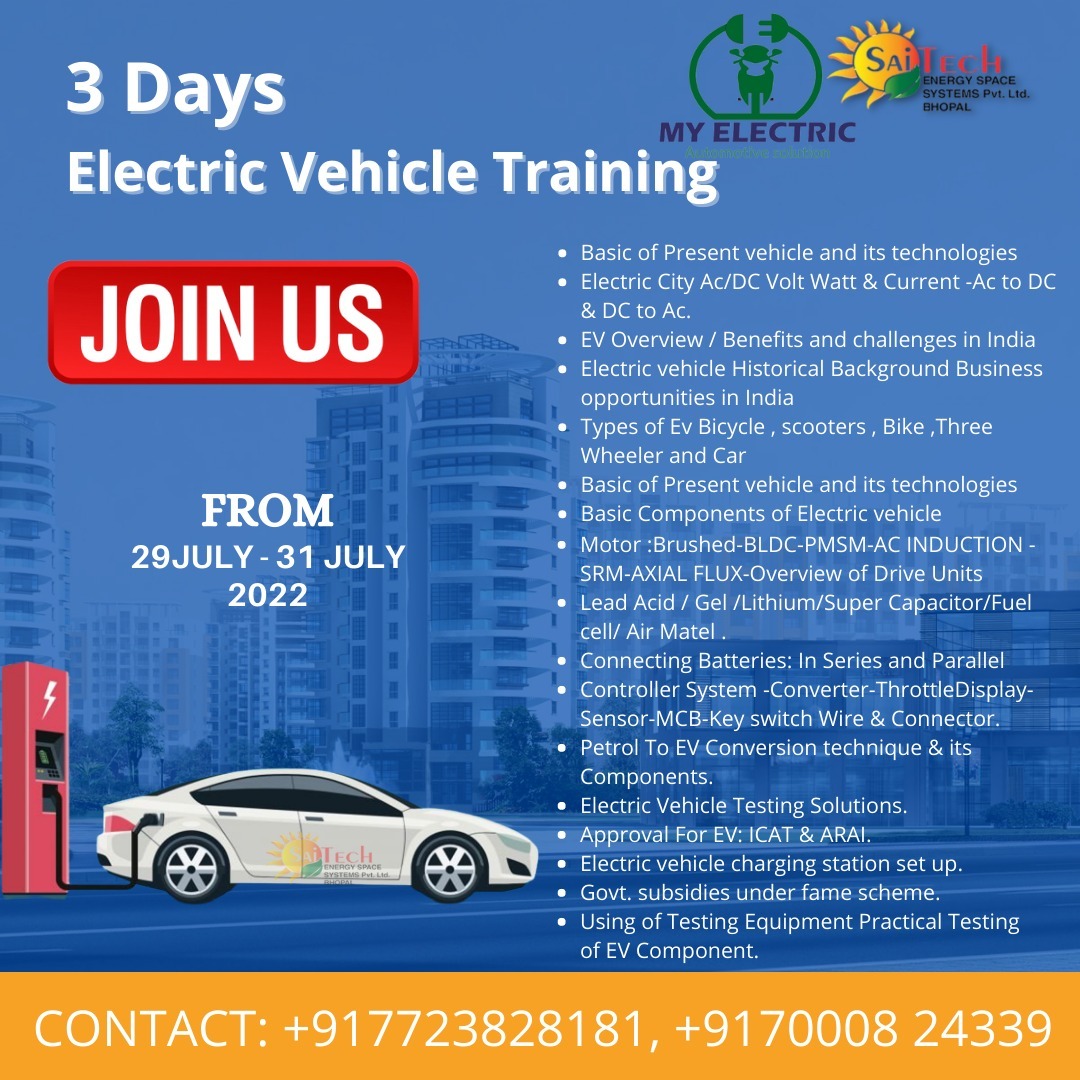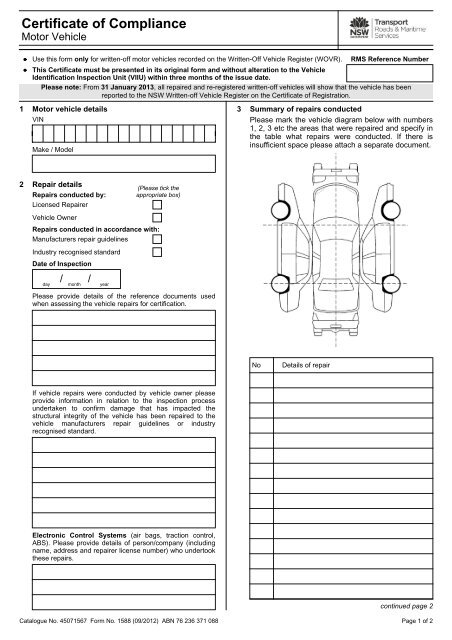Understanding the Importance of Compliance for Electric Motors
The electric vehicle (EV) industry is rapidly growing, with many countries investing heavily in EV infrastructure and incentivizing the adoption of electric vehicles. However, with this growth comes the need for strict regulations and standards to ensure the safety and efficiency of electric vehicles and electric motors. Certification and compliance play a crucial role in this process, and it is essential for manufacturers and suppliers to understand the importance of compliance for electric motors.
Regulatory bodies, such as the International Electrotechnical Commission (IEC), set standards for electric vehicles and electric motors, including safety, performance, and environmental requirements. Compliance with these standards is critical to ensure the safe and efficient operation of electric vehicles and electric motors. Non-compliance can result in serious consequences, including fines, reputational damage, and even recalls.
Obtaining certification for electric vehicles and electric motors can provide numerous benefits, including increased efficiency, reduced emissions, and improved safety. Certification can also enhance the reputation of manufacturers and suppliers, demonstrating their commitment to quality and safety. Furthermore, certification can facilitate the export of electric vehicles and electric motors to countries with strict regulations, opening up new markets and opportunities.
The process of certification and compliance involves several steps, including testing, inspection, and documentation. Manufacturers and suppliers must ensure that their electric vehicles and electric motors meet the relevant standards and regulations, and that they have the necessary documentation to support their claims. This can be a complex and time-consuming process, but it is essential to ensure the safety and efficiency of electric vehicles and electric motors.
In addition to regulatory requirements, industry standards also play a crucial role in ensuring the safety and efficiency of electric vehicles and electric motors. Organizations, such as the National Electric Manufacturers Association (NEMA), set standards for electric motors, including performance, safety, and environmental requirements. Compliance with these standards can provide numerous benefits, including improved safety, increased efficiency, and reduced emissions.
In conclusion, certification and compliance are critical components of the electric vehicle and electric motor industry. Manufacturers and suppliers must understand the importance of compliance for electric motors and take steps to ensure that their products meet the relevant standards and regulations. By doing so, they can ensure the safe and efficient operation of electric vehicles and electric motors, and reap the numerous benefits of certification and compliance.
How to Ensure Your Electric Vehicle Meets International Safety Standards
Ensuring that electric vehicles (EVs) meet international safety standards is crucial for manufacturers, suppliers, and consumers alike. The International Electrotechnical Commission (IEC) sets the global standards for EV safety, and compliance with these standards is essential for maintaining public trust and avoiding costly recalls. In this article, we will provide an overview of the key international safety standards for EVs and offer guidance on how to ensure compliance with these standards.
The IEC 61508 standard for functional safety is a critical component of EV safety certification. This standard outlines the requirements for ensuring that EVs can operate safely and reliably, even in the event of a fault or malfunction. To comply with IEC 61508, manufacturers must implement a robust safety management system that includes hazard identification, risk assessment, and mitigation strategies.
In addition to IEC 61508, EV manufacturers must also comply with the IEC 62196 standard for EV charging systems. This standard sets out the requirements for the safe and efficient charging of EVs, including the design and testing of charging cables, connectors, and sockets. Compliance with IEC 62196 is essential for ensuring that EVs can be charged safely and efficiently, without posing a risk to people or property.
To ensure compliance with these international safety standards, EV manufacturers must implement a comprehensive testing and certification program. This program should include a range of tests, such as electromagnetic compatibility (EMC) testing, environmental testing, and performance testing. Manufacturers must also maintain detailed records of their testing and certification procedures, as well as any corrective actions taken to address non-conformities.
Obtaining certification from a recognized testing laboratory or certification body is also essential for demonstrating compliance with international safety standards. These bodies, such as the Underwriters Laboratories (UL) or the Intertek Group, can provide independent verification of an EV’s safety and performance. By obtaining certification from a recognized testing laboratory or certification body, EV manufacturers can demonstrate their commitment to safety and quality, and gain a competitive advantage in the market.
In conclusion, ensuring that electric vehicles meet international safety standards is critical for maintaining public trust and avoiding costly recalls. By complying with IEC 61508 and IEC 62196, and implementing a comprehensive testing and certification program, EV manufacturers can demonstrate their commitment to safety and quality. Obtaining certification from a recognized testing laboratory or certification body is also essential for demonstrating compliance with international safety standards.
The Role of Testing and Inspection in Electric Motor Certification
Testing and inspection are critical components of the electric motor certification process. These activities help ensure that electric motors meet the required safety and performance standards, and that they are compliant with relevant regulations and industry standards. In this article, we will discuss the importance of testing and inspection in electric motor certification, and explain the different types of tests that are typically conducted.
Electromagnetic compatibility (EMC) testing is a crucial aspect of electric motor certification. This type of testing helps ensure that electric motors do not emit excessive electromagnetic radiation, which can interfere with other electrical devices. EMC testing typically involves measuring the electromagnetic emissions of the motor, and verifying that they are within the acceptable limits set by regulatory bodies such as the Federal Communications Commission (FCC) in the United States.
Environmental testing is another important aspect of electric motor certification. This type of testing helps ensure that electric motors can operate safely and reliably in a variety of environmental conditions, such as extreme temperatures, humidity, and vibration. Environmental testing typically involves subjecting the motor to a range of environmental stresses, and verifying that it continues to operate within the acceptable limits.
Performance testing is also a critical component of electric motor certification. This type of testing helps ensure that electric motors meet the required performance standards, such as efficiency, power output, and speed. Performance testing typically involves measuring the motor’s performance under a range of operating conditions, and verifying that it meets the required standards.
In addition to these types of testing, electric motor certification also involves inspection of the motor’s design and manufacturing process. This helps ensure that the motor is designed and built to meet the required safety and performance standards, and that it is compliant with relevant regulations and industry standards. Inspection typically involves verifying that the motor’s design and manufacturing process meet the required standards, and that the motor is properly labeled and documented.
The benefits of testing and inspection in electric motor certification are numerous. These activities help ensure that electric motors are safe and reliable, and that they meet the required performance standards. They also help reduce the risk of costly recalls and liability claims, and provide a competitive advantage in the market. By investing in testing and inspection, manufacturers can demonstrate their commitment to quality and safety, and build trust with their customers.
In the context of electric vehicle and electric motor certification and compliance, testing and inspection play a critical role in ensuring that electric motors meet the required safety and performance standards. By conducting thorough testing and inspection, manufacturers can ensure that their electric motors are compliant with relevant regulations and industry standards, and that they are safe and reliable for use in electric vehicles.
Meeting the Requirements of Electric Vehicle Certification Programs
Electric vehicle certification programs play a crucial role in ensuring that electric vehicles (EVs) meet the required safety and performance standards. These programs, such as the US Environmental Protection Agency’s (EPA) SmartWay program, provide a framework for manufacturers to demonstrate compliance with regulatory requirements and industry standards. In this article, we will describe the requirements of popular electric vehicle certification programs and explain how to meet these requirements.
The EPA’s SmartWay program is a voluntary certification program that aims to reduce greenhouse gas emissions and improve fuel efficiency in the transportation sector. To meet the requirements of the SmartWay program, EV manufacturers must demonstrate that their vehicles meet specific emissions and fuel efficiency standards. This involves submitting documentation and test data to the EPA, which verifies the information and issues a certification label if the vehicle meets the requirements.
Another popular electric vehicle certification program is the California Air Resources Board’s (CARB) Zero Emission Vehicle (ZEV) program. This program requires EV manufacturers to demonstrate that their vehicles meet specific emissions and range standards. To meet the requirements of the ZEV program, manufacturers must submit documentation and test data to CARB, which verifies the information and issues a certification label if the vehicle meets the requirements.
In addition to these programs, EV manufacturers must also comply with industry standards, such as those set by the Society of Automotive Engineers (SAE). SAE standards provide a framework for EV manufacturers to demonstrate compliance with safety and performance requirements. To meet these standards, manufacturers must conduct testing and inspection of their vehicles, and submit documentation and test data to SAE for verification.
To meet the requirements of electric vehicle certification programs, manufacturers must also maintain detailed records of their testing and certification procedures. This includes documentation of test data, inspection records, and certification labels. Manufacturers must also ensure that their vehicles are properly labeled and marked with certification information, such as the EPA’s SmartWay label or CARB’s ZEV label.
The benefits of meeting the requirements of electric vehicle certification programs are numerous. These programs provide a framework for manufacturers to demonstrate compliance with regulatory requirements and industry standards, which helps to ensure public safety and reduce environmental impacts. Certification programs also provide a competitive advantage in the market, as consumers are increasingly looking for vehicles that meet high safety and performance standards.
In the context of electric vehicle and electric motor certification and compliance, meeting the requirements of certification programs is critical for ensuring that EVs meet the required safety and performance standards. By complying with regulatory requirements and industry standards, manufacturers can demonstrate their commitment to quality and safety, and build trust with their customers.
Electric Motor Certification for Industrial Applications
Electric motors used in industrial applications require specialized certification to ensure safety and efficiency. The National Electric Manufacturers Association (NEMA) sets standards for electric motors used in industrial applications, and certification is crucial for ensuring compliance with these standards. In this article, we will discuss the specific certification requirements for electric motors used in industrial applications and explain the importance of compliance with these standards.
NEMA standards for electric motors used in industrial applications cover a range of topics, including safety, efficiency, and performance. To meet these standards, electric motors must undergo rigorous testing and inspection, including electromagnetic compatibility (EMC) testing, environmental testing, and performance testing. Certification bodies, such as the Underwriters Laboratories (UL), verify that electric motors meet NEMA standards and issue certification labels.
One of the key benefits of electric motor certification for industrial applications is improved safety. Certified electric motors are designed to operate safely in a variety of environments, reducing the risk of electrical shock, fires, and other hazards. Certification also ensures that electric motors meet specific performance standards, which can improve efficiency and reduce energy consumption.
In addition to safety and performance benefits, electric motor certification for industrial applications can also provide a competitive advantage. Certified electric motors are recognized as meeting high standards for safety and performance, which can increase customer confidence and loyalty. Certification can also help manufacturers to differentiate their products from those of competitors and to establish a reputation for quality and reliability.
To meet the certification requirements for electric motors used in industrial applications, manufacturers must maintain detailed records of their testing and certification procedures. This includes documentation of test data, inspection records, and certification labels. Manufacturers must also ensure that their electric motors are properly labeled and marked with certification information, such as the NEMA certification label.
The importance of compliance with NEMA standards for electric motors used in industrial applications cannot be overstated. Non-compliance can result in serious safety hazards, reduced efficiency, and increased energy consumption. Certification provides a way for manufacturers to demonstrate their commitment to safety and quality, and to establish a reputation for excellence in the industry.
In the context of electric vehicle and electric motor certification and compliance, certification for industrial applications is a critical aspect of ensuring safety and efficiency. By complying with NEMA standards and obtaining certification, manufacturers can demonstrate their commitment to quality and safety, and establish a reputation for excellence in the industry.
Best Practices for Maintaining Compliance with Electric Vehicle Regulations
Maintaining compliance with electric vehicle regulations is crucial for ensuring the safety and efficiency of electric vehicles. Regulatory bodies and industry standards are constantly evolving, and manufacturers must stay up-to-date with these changes to avoid non-compliance. In this article, we will provide guidance on how to maintain compliance with electric vehicle regulations, including regular testing and inspection, record-keeping, and training for personnel.
Regular testing and inspection are essential for ensuring that electric vehicles meet regulatory requirements. Manufacturers should conduct regular testing and inspection of their vehicles to identify any potential issues or defects. This includes testing for electromagnetic compatibility (EMC), environmental testing, and performance testing. By identifying and addressing potential issues early on, manufacturers can avoid costly recalls and ensure compliance with regulatory requirements.
Record-keeping is also critical for maintaining compliance with electric vehicle regulations. Manufacturers must maintain detailed records of their testing and certification procedures, including documentation of test data, inspection records, and certification labels. This helps to ensure that vehicles are properly labeled and marked with certification information, and that manufacturers can demonstrate compliance with regulatory requirements.
Training for personnel is also essential for maintaining compliance with electric vehicle regulations. Manufacturers should provide regular training for their personnel on the latest regulatory requirements and industry standards. This includes training on testing and inspection procedures, record-keeping, and certification procedures. By providing regular training, manufacturers can ensure that their personnel are knowledgeable and competent in maintaining compliance with regulatory requirements.
Staying up-to-date with changing regulations and standards is also critical for maintaining compliance with electric vehicle regulations. Manufacturers should regularly review and update their procedures to ensure compliance with the latest regulatory requirements and industry standards. This includes staying informed about emerging trends and technologies, and participating in industry forums and conferences to stay ahead of the curve.
The benefits of maintaining compliance with electric vehicle regulations are numerous. Compliance helps to ensure the safety and efficiency of electric vehicles, and reduces the risk of costly recalls and liability claims. Compliance also provides a competitive advantage in the market, as consumers are increasingly looking for vehicles that meet high safety and performance standards.
In the context of electric vehicle and electric motor certification and compliance, maintaining compliance with regulatory requirements is critical for ensuring safety and efficiency. By following best practices for regular testing and inspection, record-keeping, and training for personnel, manufacturers can demonstrate their commitment to compliance and stay ahead of the curve.
Real-World Examples of Electric Vehicle Certification in Action
Electric vehicle certification is a critical aspect of ensuring the safety and efficiency of electric vehicles. In this article, we will provide real-world examples of electric vehicle certification in action, including success stories and lessons learned. We will also highlight the benefits of certification, such as increased efficiency and reduced emissions.
One example of electric vehicle certification in action is the certification of the Tesla Model S by the National Highway Traffic Safety Administration (NHTSA). The Tesla Model S was certified by the NHTSA in 2012, and it was the first electric vehicle to receive a 5-star safety rating from the agency. The certification process involved a series of tests, including crash testing and electromagnetic compatibility (EMC) testing.
Another example of electric vehicle certification in action is the certification of the Nissan Leaf by the International Electrotechnical Commission (IEC). The Nissan Leaf was certified by the IEC in 2010, and it was the first electric vehicle to receive certification from the organization. The certification process involved a series of tests, including EMC testing and environmental testing.
In addition to these examples, there are many other success stories of electric vehicle certification in action. For example, the Chevrolet Volt was certified by the NHTSA in 2010, and it was the first electric vehicle to receive a 5-star safety rating from the agency. The certification process involved a series of tests, including crash testing and EMC testing.
The benefits of electric vehicle certification are numerous. Certification helps to ensure the safety and efficiency of electric vehicles, and it provides a competitive advantage in the market. Certification also helps to reduce emissions and improve air quality, which is critical for public health and the environment.
In the context of electric vehicle and electric motor certification and compliance, real-world examples of certification in action provide valuable insights into the benefits and challenges of the certification process. By studying these examples, manufacturers and regulatory bodies can gain a better understanding of the certification process and how to improve it.
The lessons learned from these examples can be applied to future certification efforts, and they can help to improve the overall efficiency and effectiveness of the certification process. By sharing these lessons learned, we can help to promote the adoption of electric vehicles and reduce our reliance on fossil fuels.
Future Directions for Electric Vehicle Certification and Compliance
The electric vehicle industry is rapidly evolving, and certification and compliance requirements are changing to keep pace. In this article, we will discuss the future directions for electric vehicle certification and compliance, including emerging trends and technologies. We will also explain the potential implications of these developments for the industry and the importance of staying ahead of the curve.
One of the key emerging trends in electric vehicle certification and compliance is the increasing focus on cybersecurity. As electric vehicles become more connected and reliant on software, the risk of cyber threats is growing. Regulatory bodies and industry standards are responding to this risk by developing new certification requirements for cybersecurity. For example, the International Electrotechnical Commission (IEC) has developed a new standard for cybersecurity in electric vehicles, which includes requirements for secure software development and testing.
Another emerging trend in electric vehicle certification and compliance is the growing importance of sustainability. As concern about climate change and environmental sustainability grows, regulatory bodies and industry standards are responding by developing new certification requirements for sustainability. For example, the European Union has developed a new certification program for sustainable electric vehicles, which includes requirements for reduced emissions and improved energy efficiency.
In addition to these emerging trends, there are also several new technologies that are likely to have a significant impact on electric vehicle certification and compliance. For example, the development of autonomous vehicles is likely to require new certification requirements for safety and cybersecurity. Similarly, the development of new battery technologies is likely to require new certification requirements for safety and performance.
The potential implications of these developments for the industry are significant. As certification and compliance requirements evolve, manufacturers will need to adapt to stay ahead of the curve. This may require significant investments in new technologies and processes, as well as changes to business models and strategies. However, the benefits of staying ahead of the curve are also significant, including improved safety and performance, reduced emissions, and increased competitiveness.
In the context of electric vehicle and electric motor certification and compliance, staying ahead of the curve is critical for success. By understanding emerging trends and technologies, and adapting to changing certification and compliance requirements, manufacturers can ensure that their products meet the highest standards for safety, performance, and sustainability.
The importance of staying ahead of the curve cannot be overstated. As the electric vehicle industry continues to evolve, certification and compliance requirements will continue to change. Manufacturers that fail to adapt to these changes risk falling behind their competitors and losing market share. On the other hand, manufacturers that stay ahead of the curve can reap significant benefits, including improved safety and performance, reduced emissions, and increased competitiveness.

